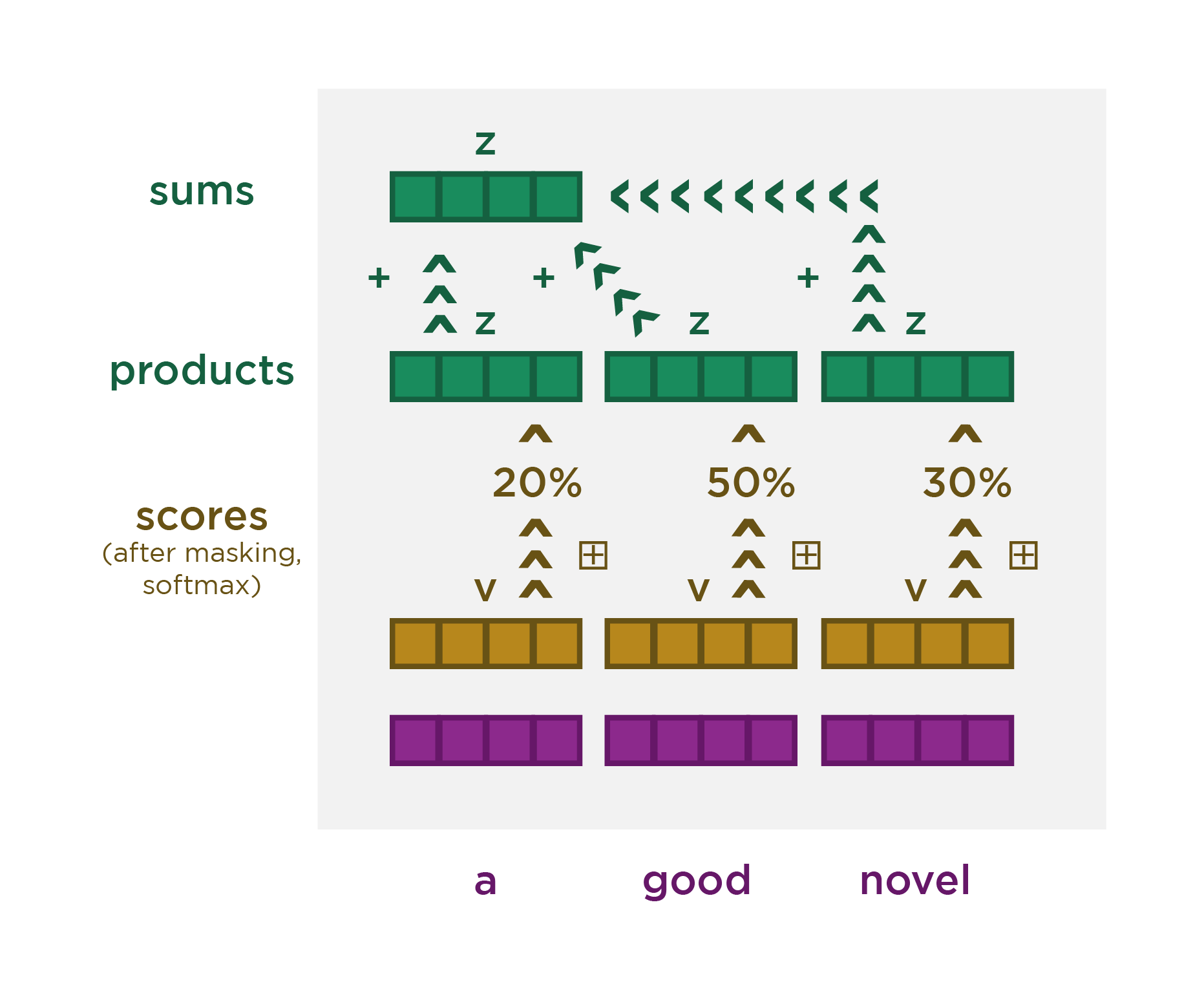We’ve just added over two hours of videos and hands-on learning exercises in our Machine Learning, Data Science, and Generative AI course! If you’re already enrolled in this course or through our Sundog Mega-Bundle, you have access to two new sections now: Generative AI and the OpenAI API.
We go in-depth on how GPT works, which is pretty exciting if you’re curious about exactly how ChatGPT sounds so much like an all-knowing real person. It’s not magic; you’ll learn how the Transformer architecture works, and how multi-headed self attention unlocked the key to training systems like GPT in parallel on massive amounts of training data.
You’ll also practice using the OpenAI API, allowing you to use GPT, ChatGPT, and DALL-E’s capabilities within your own applications.
These new lessons are chock-full of professionally designed illustrations, and new hands-on activities using Google CoLab, HuggingFace, and lots of our own code. There are a couple of really fun activities – we’ll fine-tune GPT using real IMDb movie reviews, and create a system capable of talking in depth about movies. And even more fun, we’ll create our own version of Data from Star Trek by fine tuning OpenAI’s Davinci model with all of the scripts from Star Trek: The Next Generation. Just imagine: we’re creating a real AI that mimics a fictional one from the 80’s!
These are exciting times in the world of AI, and understanding how the latest AI systems work will really make you stand out with your employers. Enroll now if you haven’t already.

